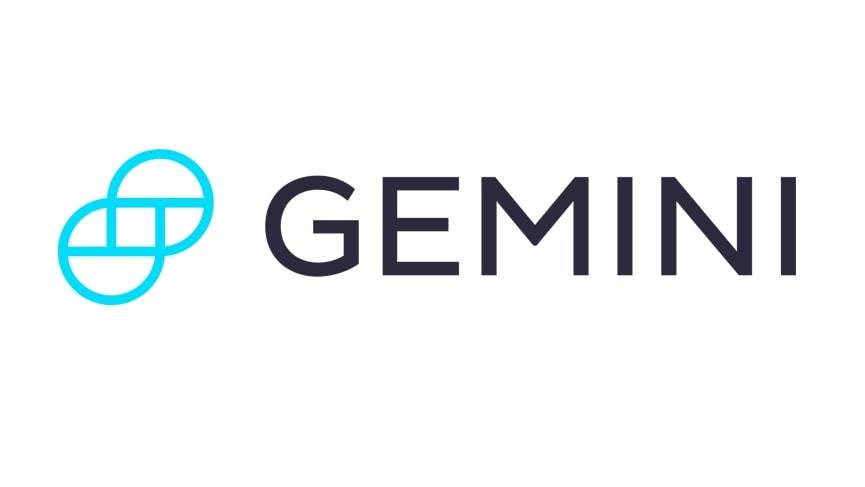
Seller of NNN Properties
Triple-net-leased property sellers fall into three categories: investor/owners of leased properties; owner/users creating sale/leasebacks; and build-to-suit developers.
Investor/Owner. This type of seller presents a known entity for an investor’s analysis. The lease may be a true triple net but with a short remaining primary lease term, requiring either re-leasing or a series of short-term options. Investors can evaluate base rent and expense payment history and may have access to historical sales volumes to assist in determining the likelihood of future income.
Even after the prospective purchaser has analyzed and approved the lease, stipulate a review of an estoppel as a contingency of closing. Many sellers only are willing to involve a tenant during the final stages of the transaction, when they are assured of a sale. However consider what may happen if the estoppel comes back a week before closing and it differs in some way from what the seller’s documents had shown, or worse yet, presents an addendum granting a first right of refusal to purchase the property. Have a clear understanding as to when the seller is willing to submit the form, take note of the response time agreed to by the tenant in the lease, and build this into your contingency timeline.
Try Gemini Today! 123
The Gemini Exchange makes it simple to research crypto market, buy bitcoin and other cryptos plus earn Up to 8.05% APY!
Owner/User. The triple-net lease is well suited to sale/leasebacks as a way to transition the selling company from having absolute control over its surroundings to a situation where it merely is a "lessee." Despite the emotional response that may be generated by the change in status, the sale/leaseback provides a number of advantages to both seller and buyer. The seller frees up capital, often 100 percent of the equity in the real estate, to expand or enhance the business. Since a business return, generally speaking, is higher than the typical 8 percent to 10 percent real estate return, the seller can benefit from the lower cost of investment capital.
Sellers and buyers also benefit by being able to customize a transaction, negotiating sale and lease terms that reflect unique landlord and tenant needs. Investors, for example, may agree to a higher purchase price in exchange for stipulated rent increases, rather than taking the risk of cost-of-living increases. They may trade a short initial term for a series of 10-year rather than five-year options. Tenants may feel comfortable with the obligations of a bond-type lease because they know the property.
One potential negative is the possibility that the seller overimproved the physical plant to enhance the company’s image and expects the buyer to cover overmarket amenities. This occurs most often with office buildings, but overimproved industrial facilities can be even more difficult to evaluate since the perception of overimprovement is related to the location as well as to the building itself.
Developer. From a logistics standpoint, developers are relatively straightforward, since they are professionals who will have the information you need readily available. As always, consider the seller’s motivations. The developer’s first objective is to build. With a lease in hand, the developer can get construction financing and create the product. The second objective is to sell at a profit, so it is necessary to build a return into the transaction. However, the developer’s costs may be relatively low because of economies of scale in creating a large amount of product. One of the benefits is that the lease is already drawn, and a meticulous analysis of the terms virtually can eliminate the chance of contractual surprises during your client’s ownership.
The main potential downside is that there is no performance history for the site. Second, even experienced developers sometimes give in to a strong tenant’s demands, even though the terms may be detrimental to the property’s investment value.
Jimmy Moncrief co-developed the course http://www.3netleaseprofits.com/


